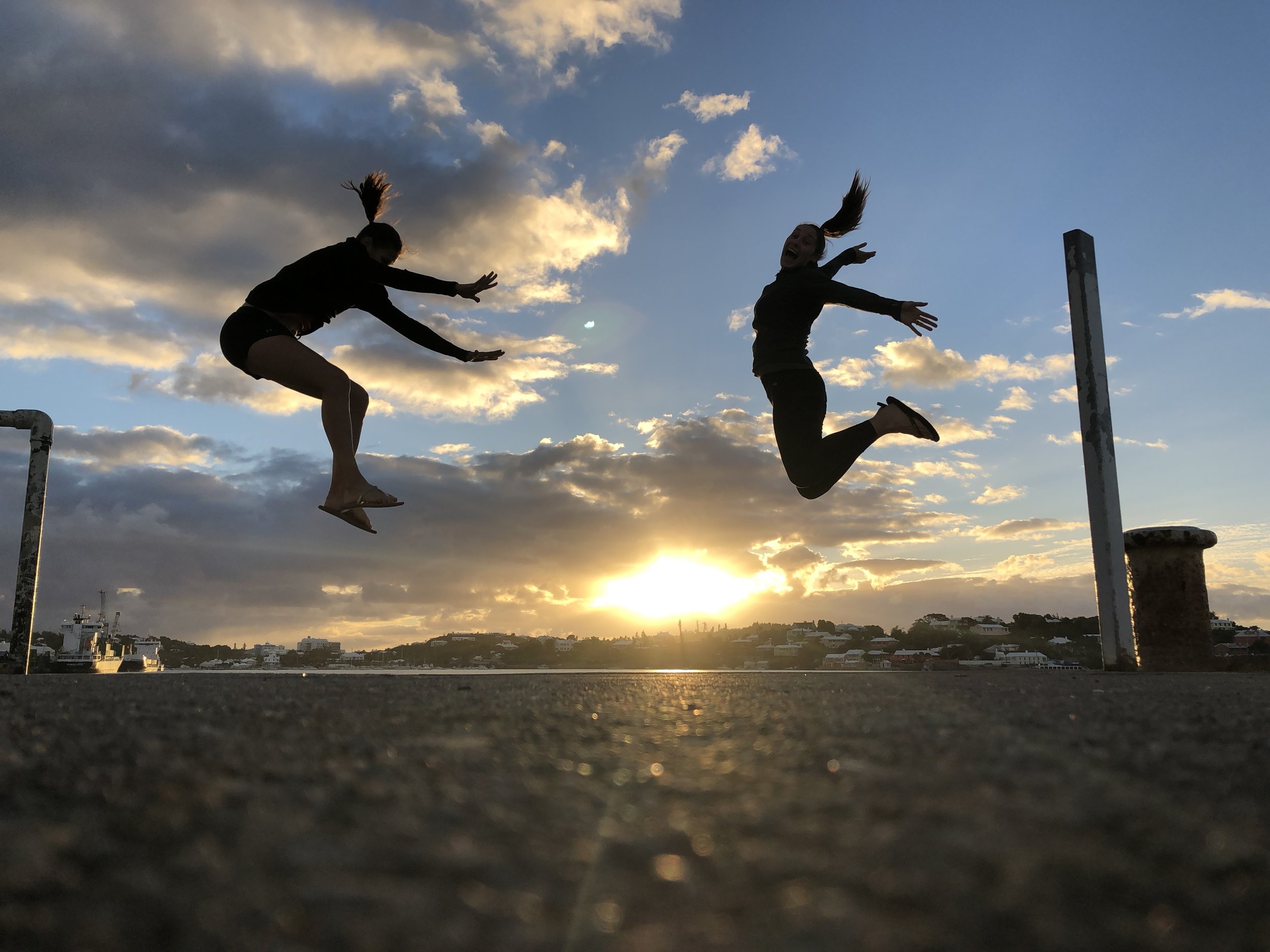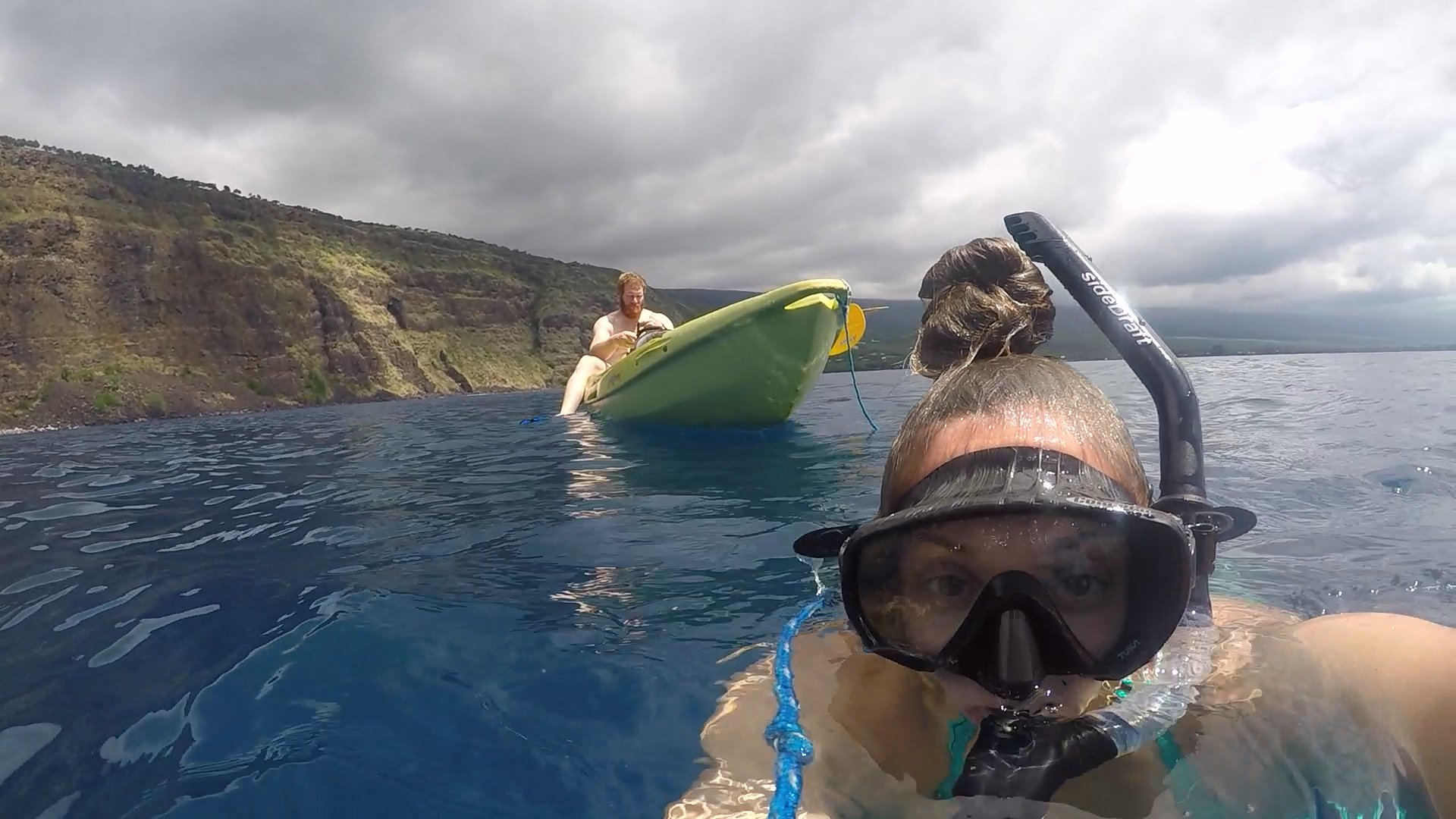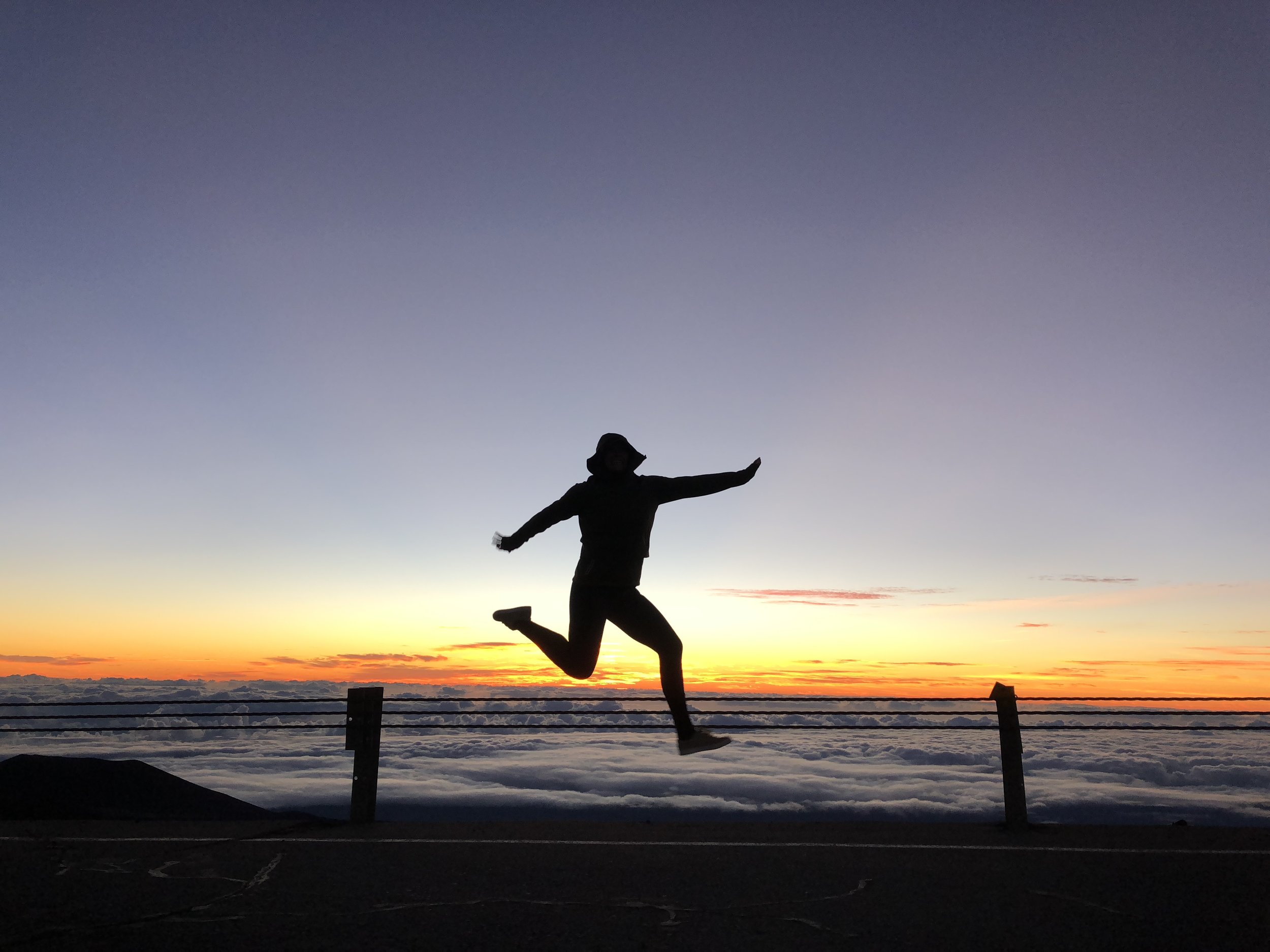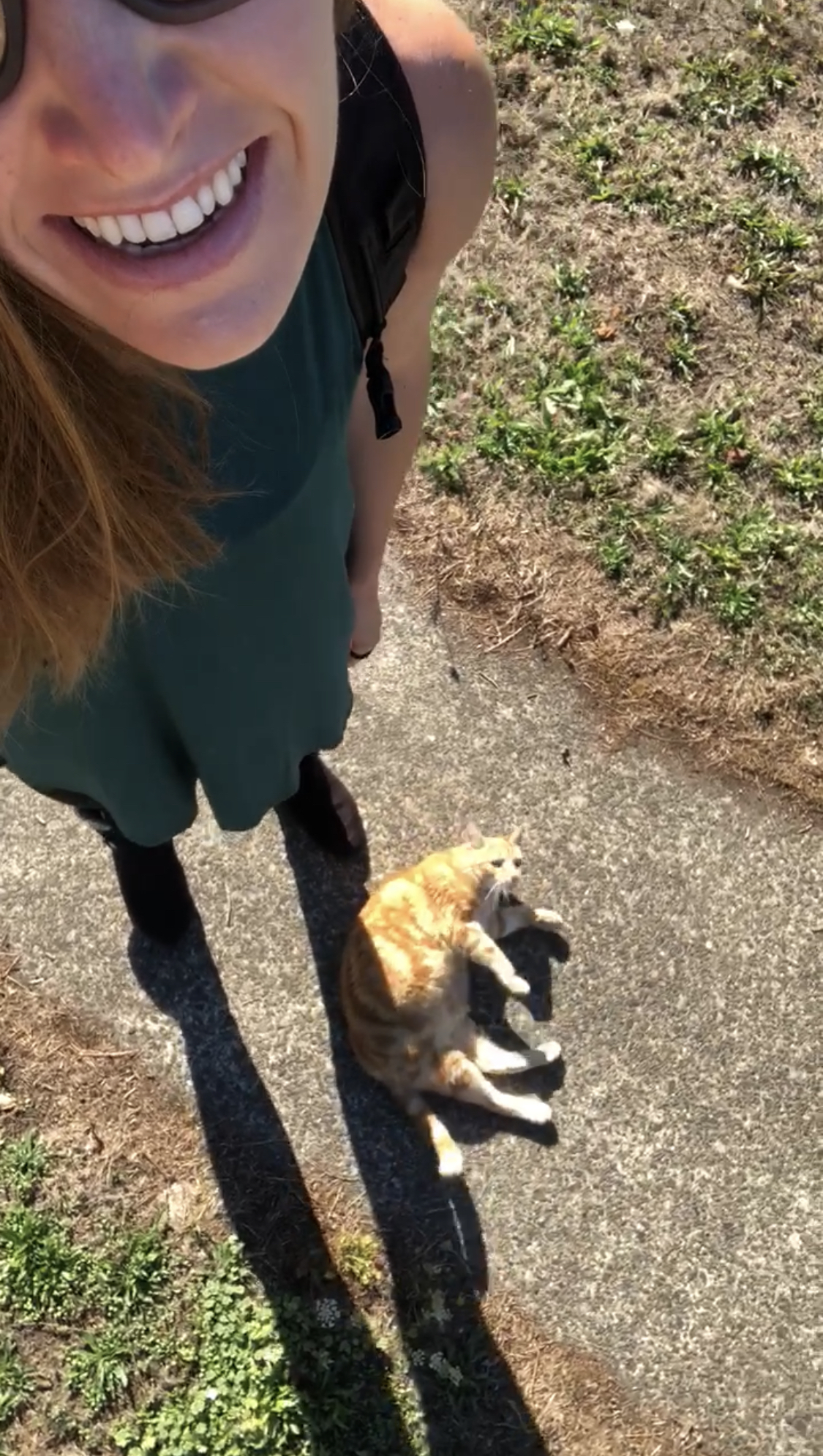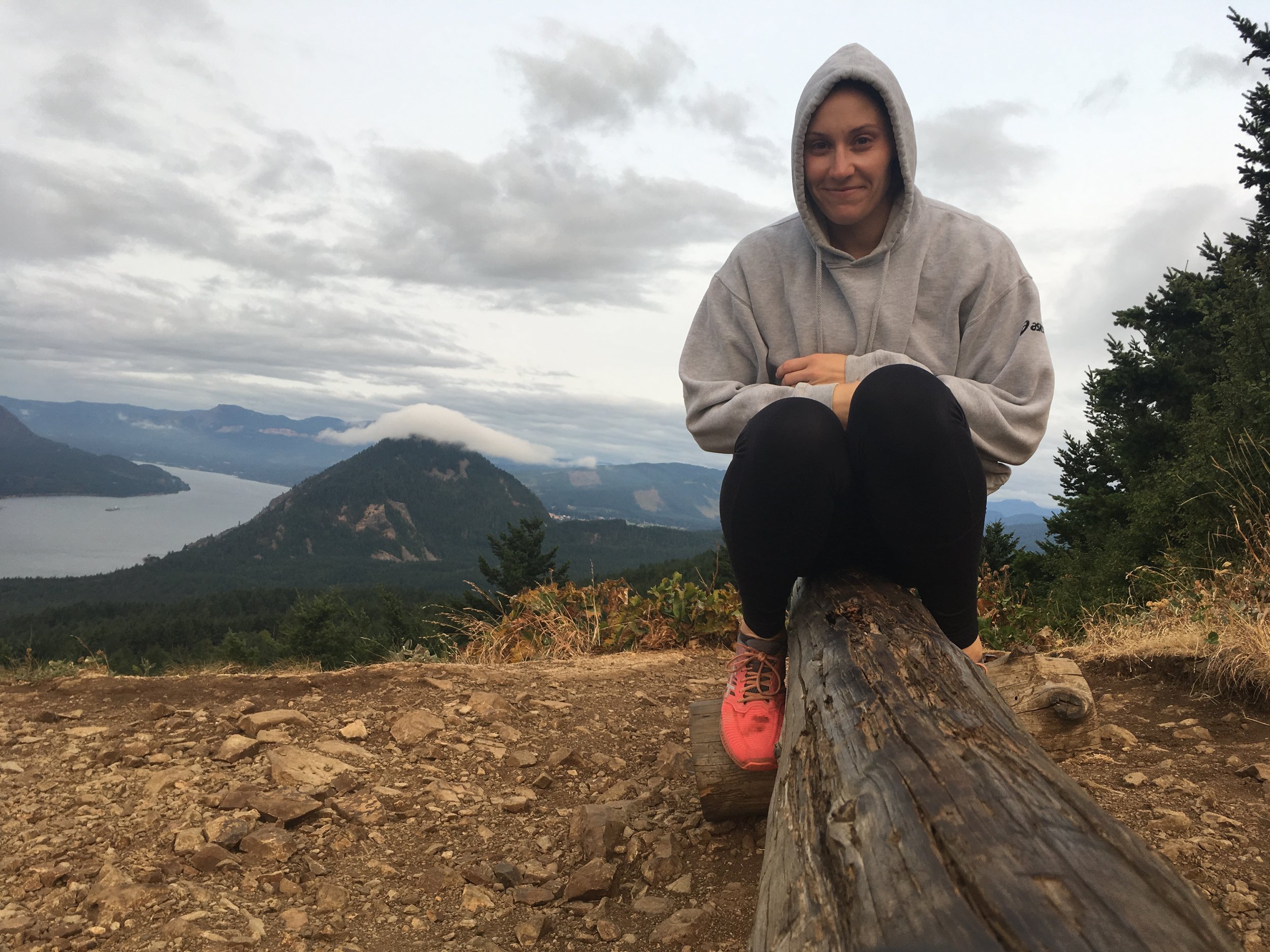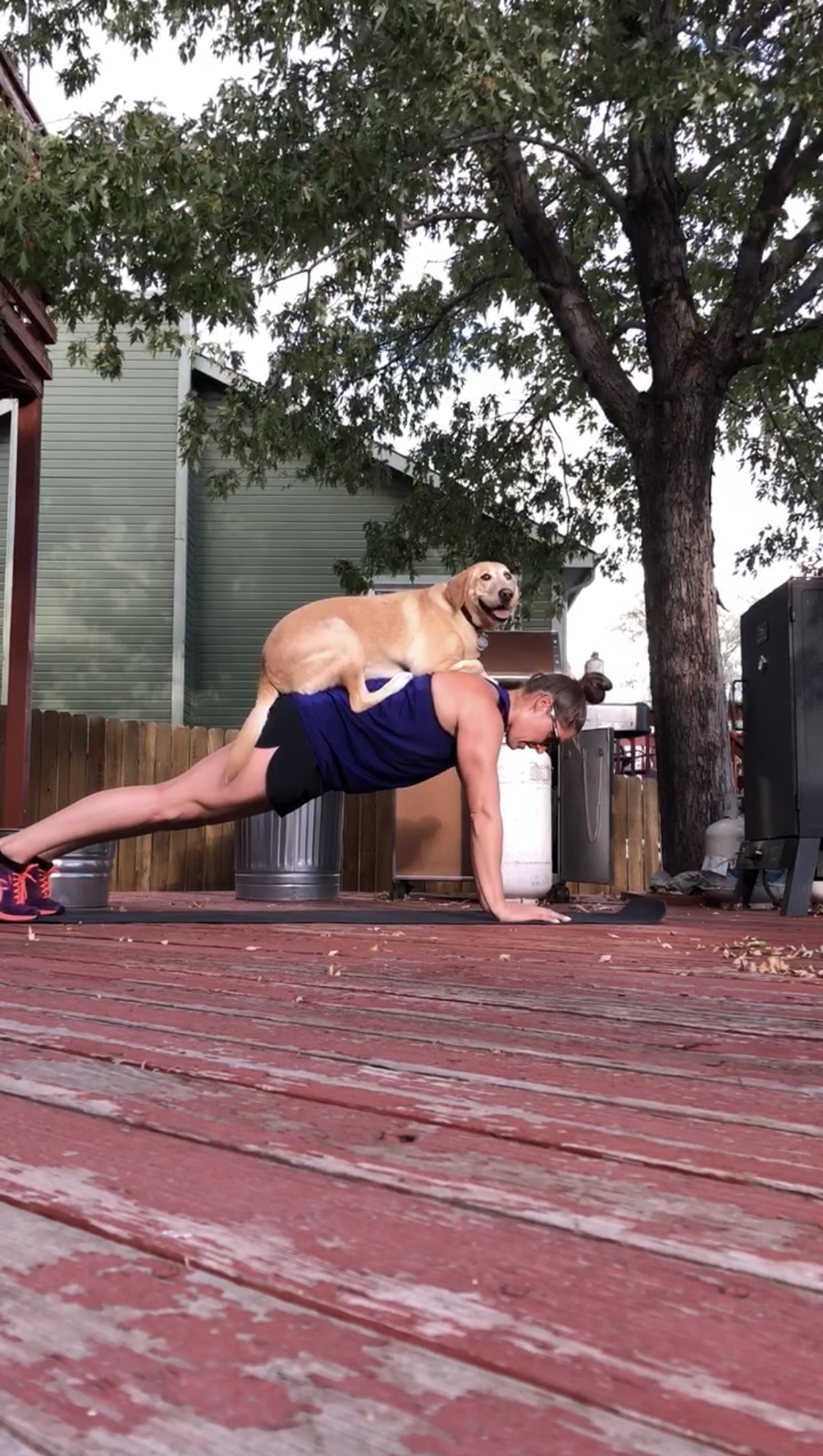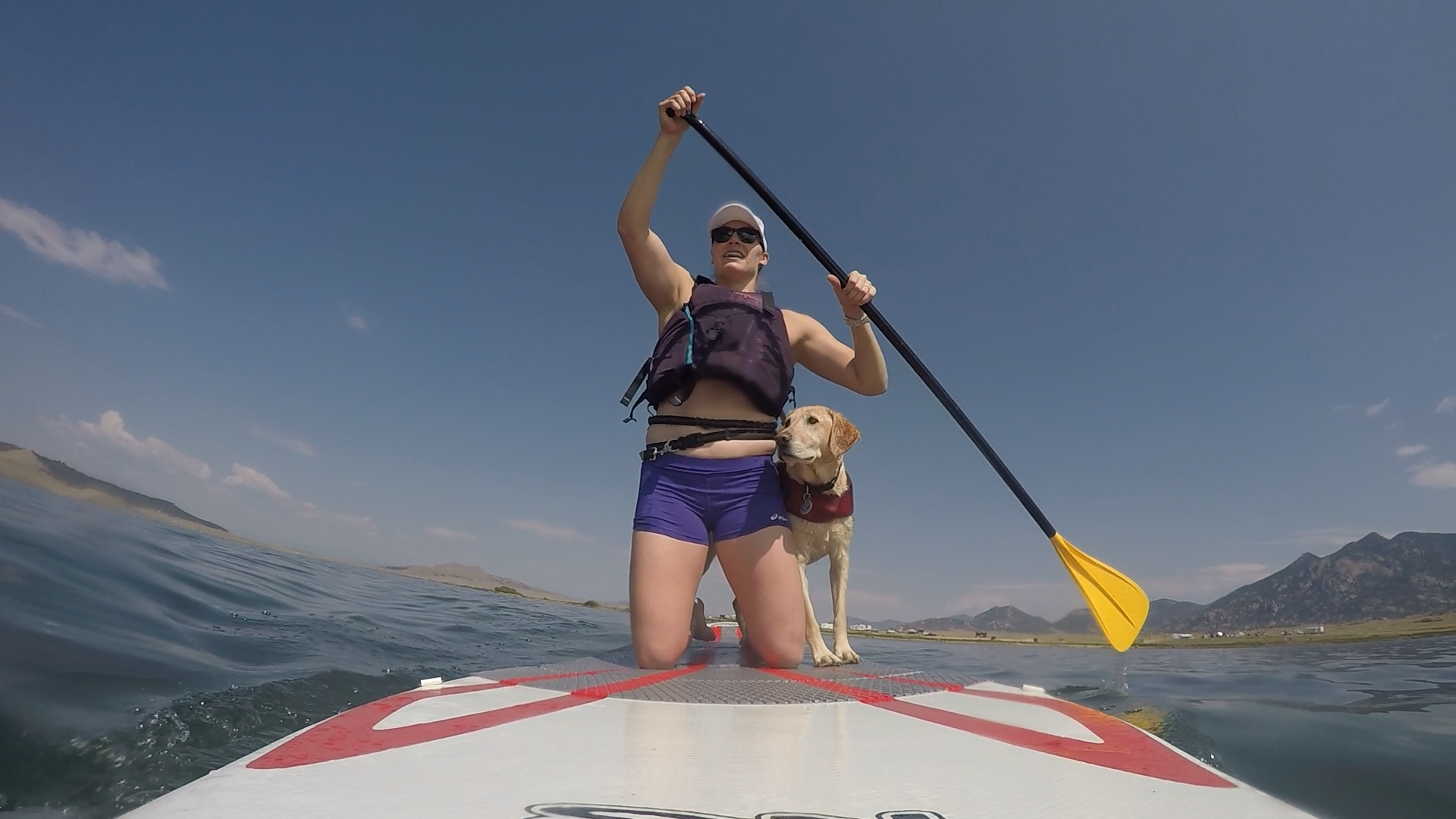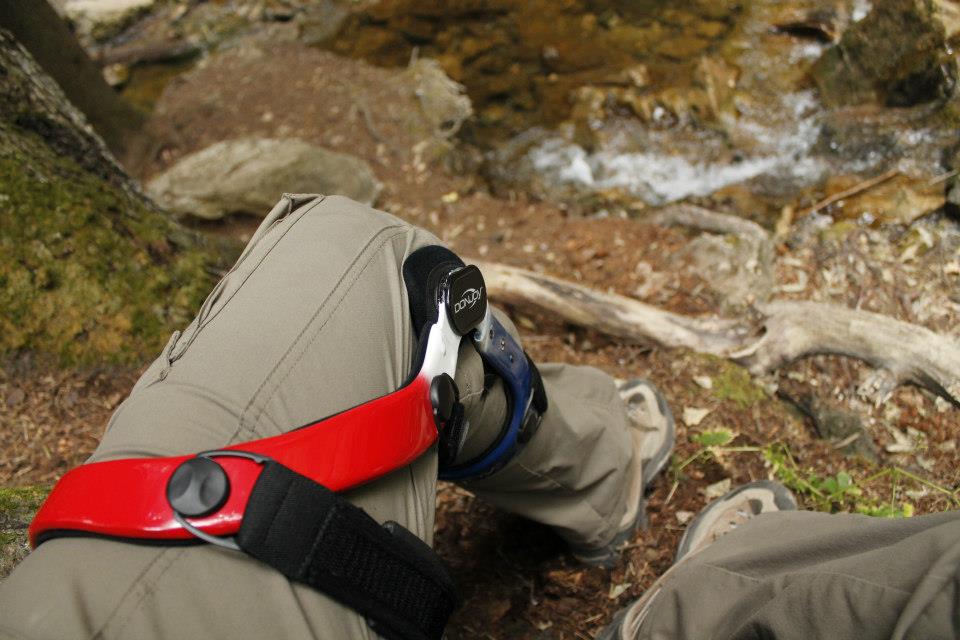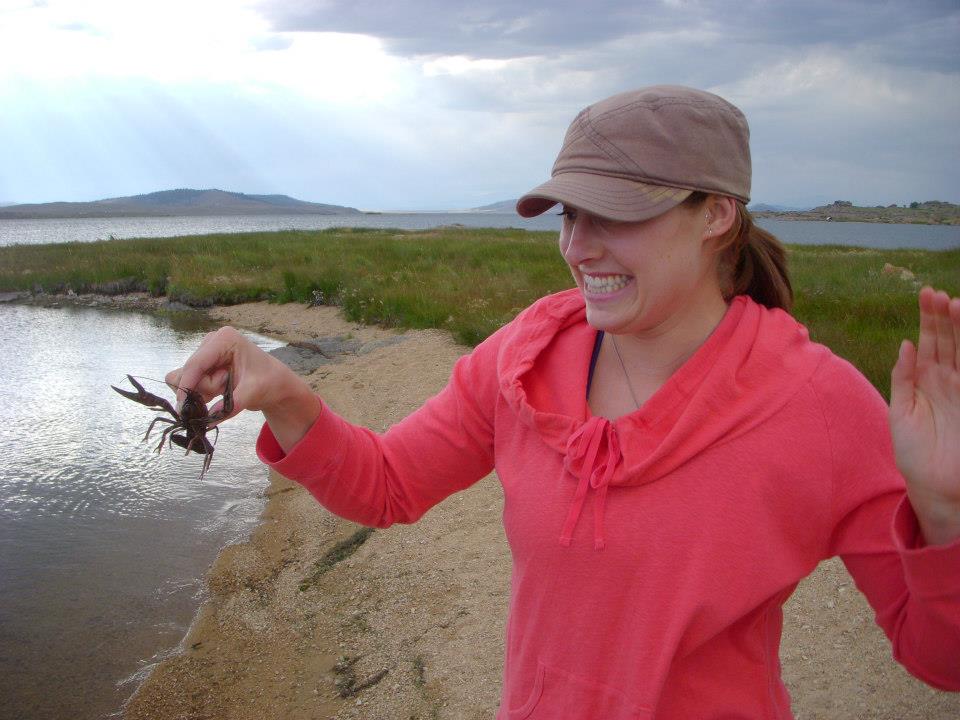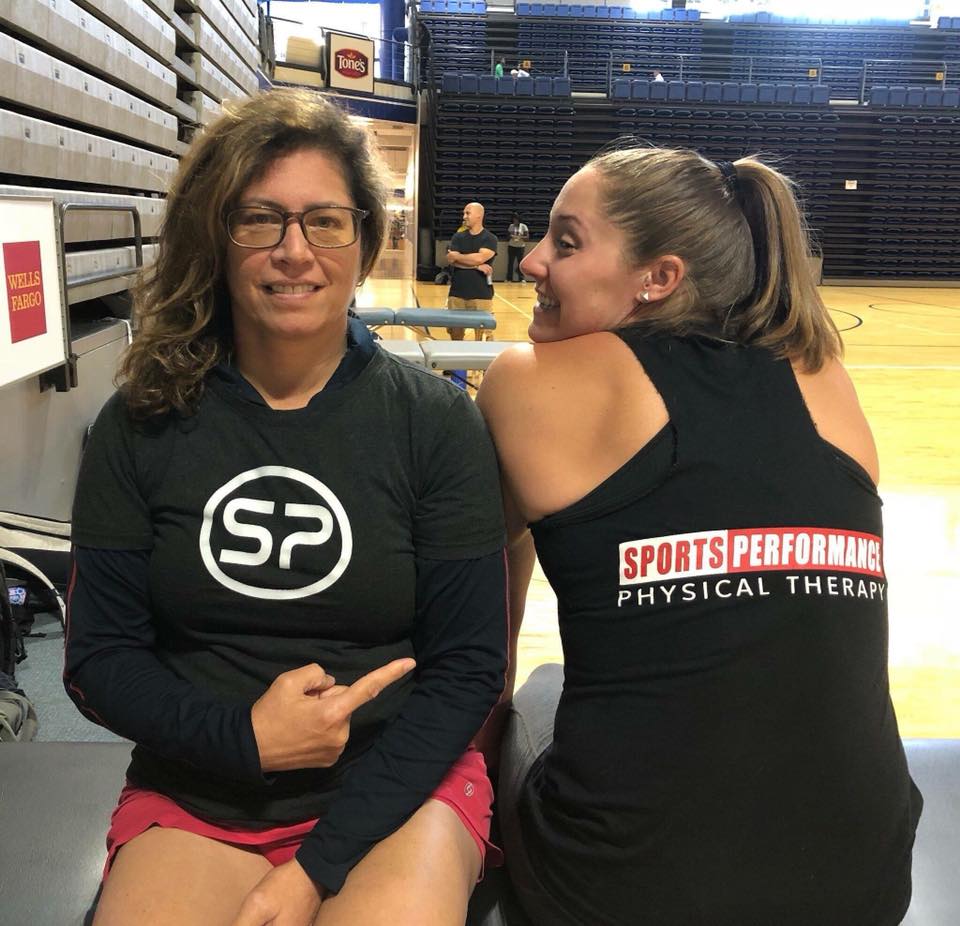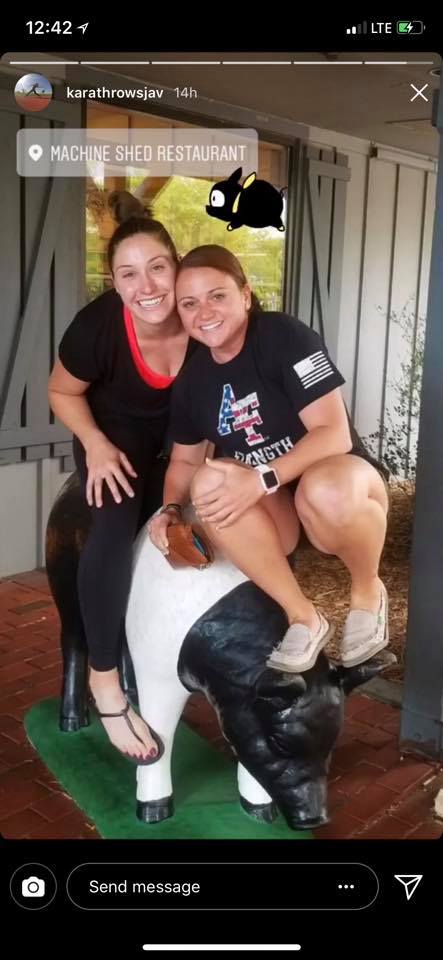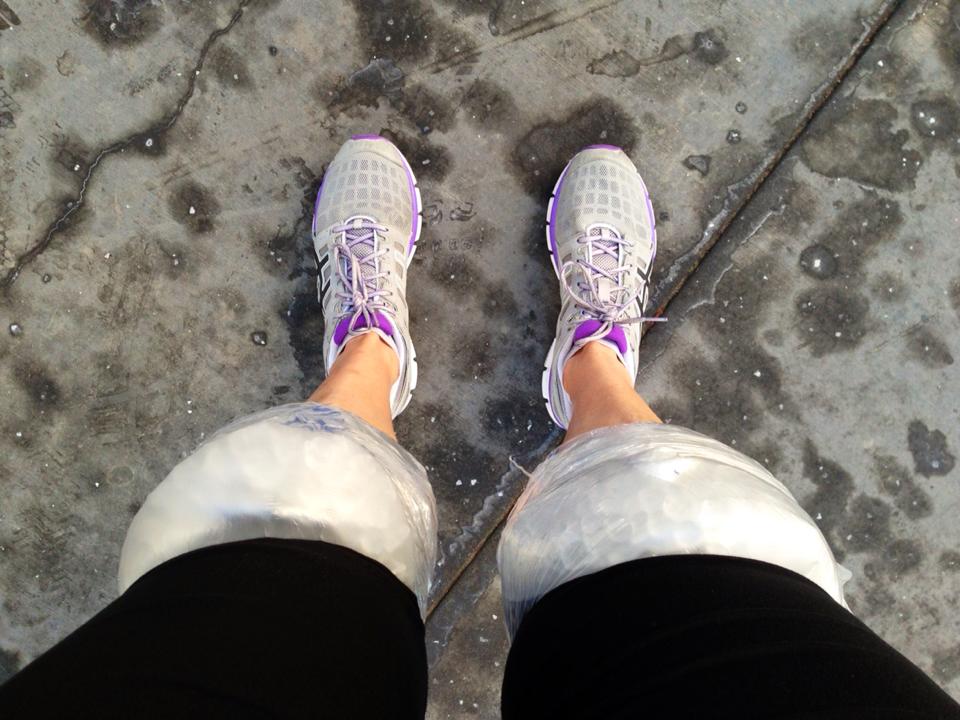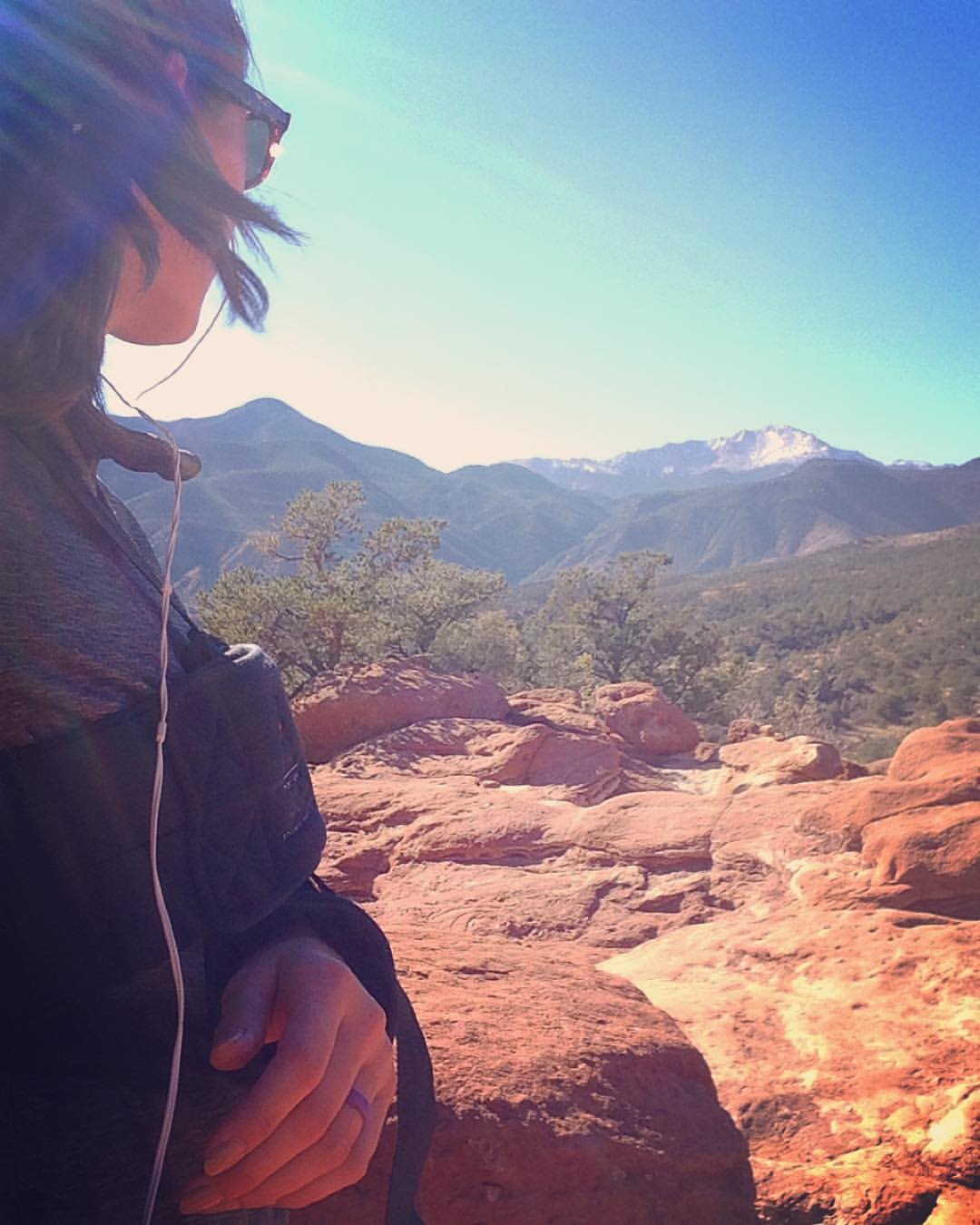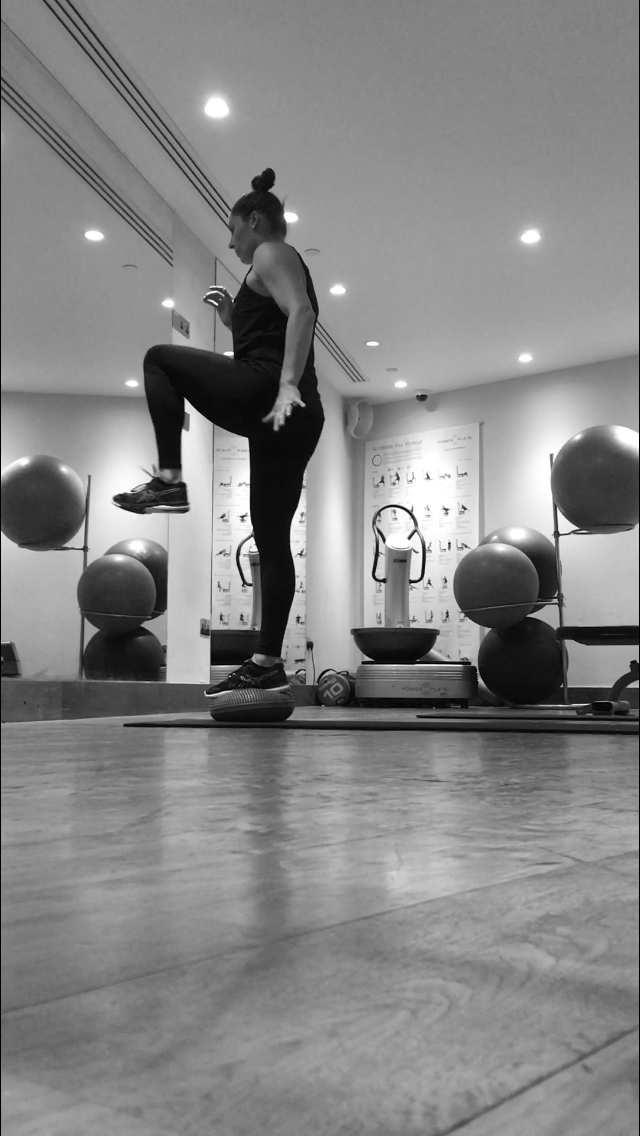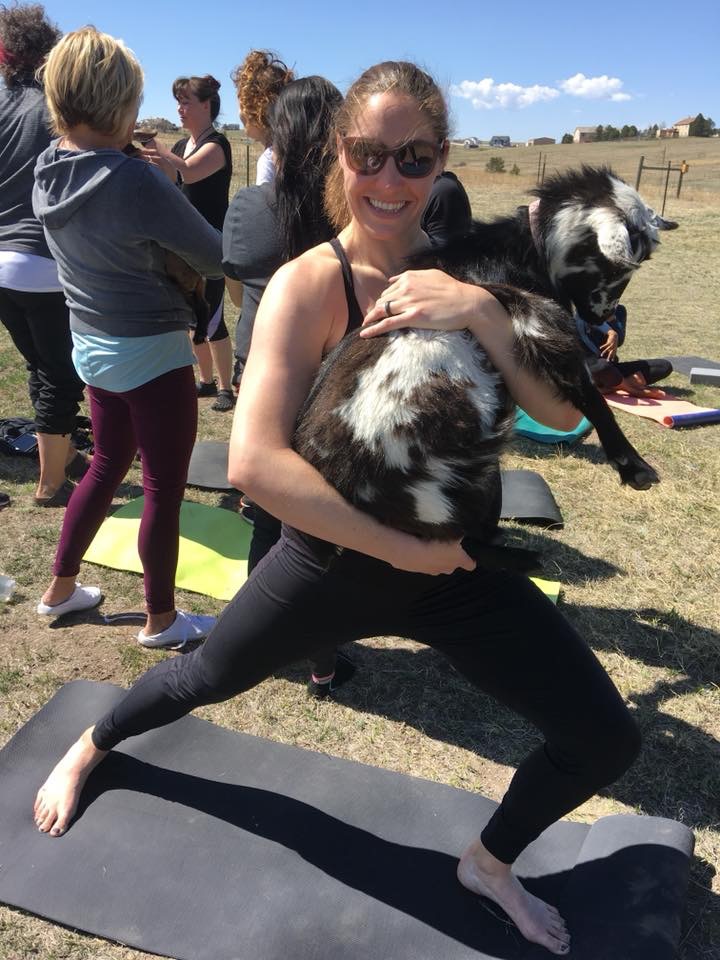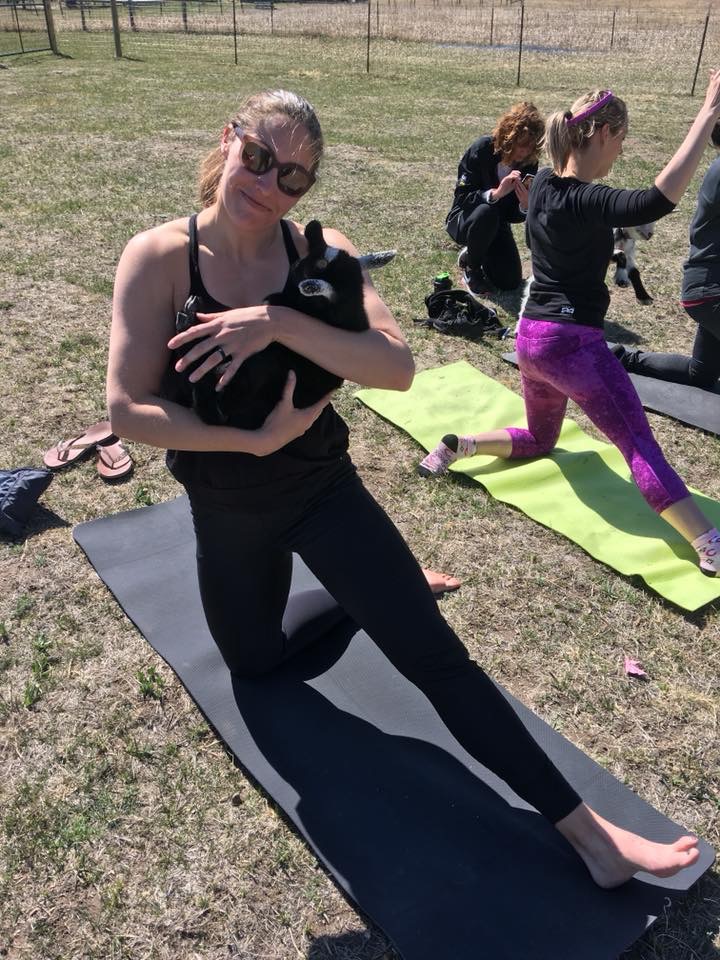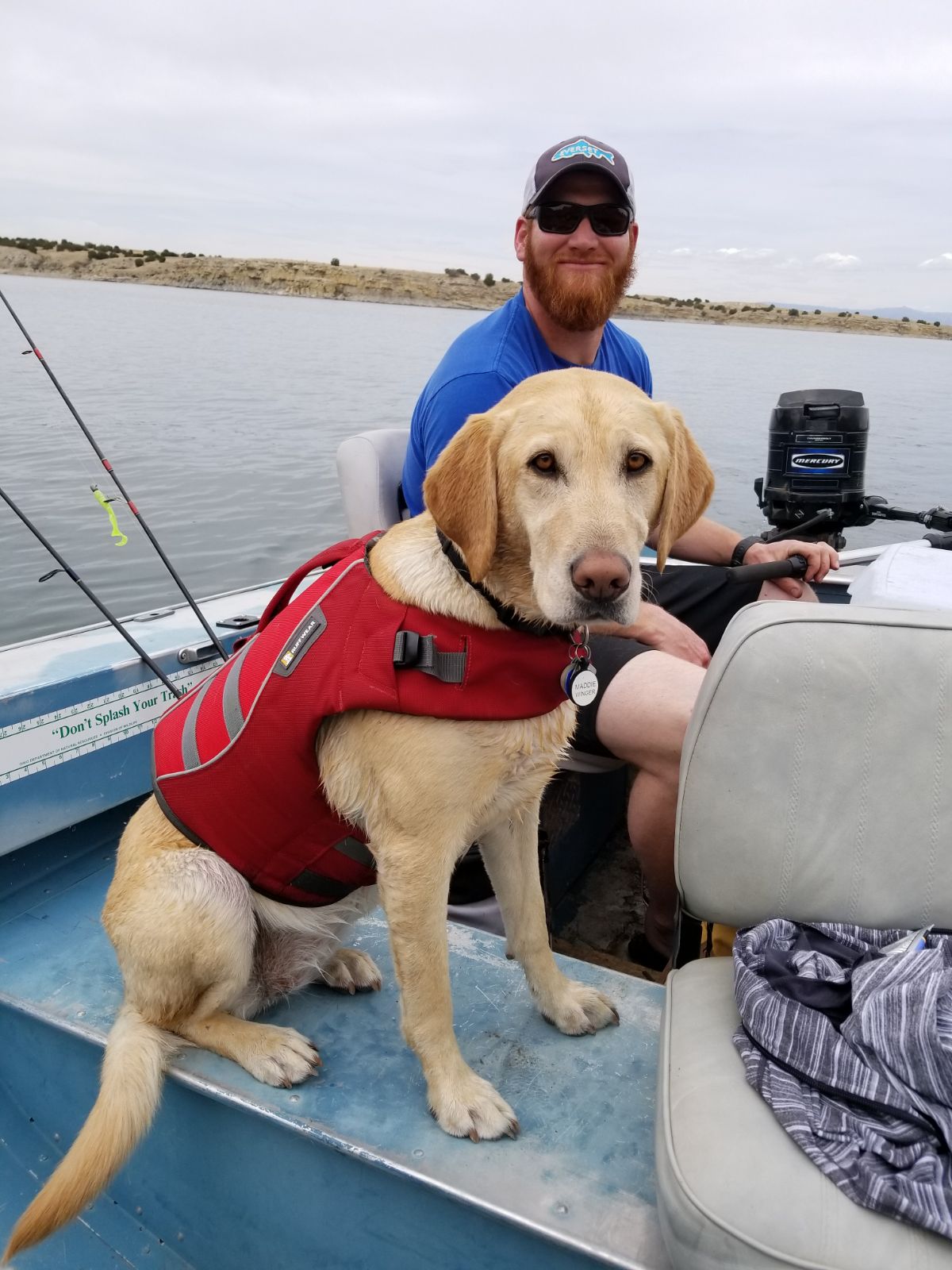Recovering from workouts and physically taxing events is really important to a long career. You can get away with not doing it for short periods of time, but that will catch up to you! I am always surprised to learn that people aren’t aware of how important recovery is (especially professionally), but I also forget sometimes that I’m 32 and have been at this a while. I guess I didn’t prioritize recovery until I became a professional for the simple reason that there didn’t seem to be time in college. Now, I love recovery activities of all kinds! There are lots of facets to this idea. Here are some simple categorizations of the different forms, and then answers to Instagram questions at the bottom.
Physical vs. Mental
I’m not sure I believe in burnout necessarily. I think I’m too tough for that, but I’m likely being an idiot. It’s obviously a real thing that many have experienced, but perhaps people who get burnt out just haven’t recognized their own need for a break until it’s too late. And one major contributor to burnout is if an individual doesn’t have support from family or coworkers in his or her pursuits! Mental recovery and mental training are just as important as physical. Luckily or unluckily, my breaks have been forced upon me, but I’ve learned the importance of mental recovery through them.
Knowing yourself and knowing what it takes for you to recharge mentally is really important to not only performance, but training. I find that if I haven’t had enough alone time (see last blog), I sit in my car doing nothing for like a half hour before I have the energy to get out and practice. That’s wasting my own time I guess, but I just can’t bear physical activity if I haven’t had enough mental rest! And if I don’t take that moment to reset and refocus, my practice isn’t as successful as if I’m mentally prepared for it. If I have the mental energy to put my best effort into each throw, drill, or sprint, I’m getting way more out of it than if I was only half checked-in.
The way I see it, there are two seasons in the year, and physical and mental components to recovery within each of those. Let’s tackle all of them.
Off-Season vs. In-Season
I am not shy about loving the off-season. No structured javelin practice, no place I really need to be, all the fun. It’s a really important time of year, and I respect it and its necessity. Regardless of the season’s outcome, letting your body heal from the really specific and difficult things you asked of it for months is important, and letting your mind wander about the possibilities of the future and what can be gleaned from the past is essential.
Off-season physical recovery sometimes means nothing, depending on what happened at the end of the season. In 2018, I strained intercostals and obliques in my last competition, so physical activity wasn’t advised for a while. Sometimes it means just doing something different than your sport though. After my side healed, I did Pure Barre for a month (3-4 times/week), and swam as well. In 2017, I wanted to run Emma Coburn’s inaugural 5K, so I did an endurance experiment that consisted of a couch-to-5K program, lots of planks, and swimming as cross training. I ended up running an all-time mile PR of 7:41 before I started official 2018 training! Doing more balanced training than my fairly violent, unilateral sport during the off-season resets my body in a really important way.
Outdoor time is important all year round, and better together.
Russ taught me almost everything I know about the outdoors, and he definitely taught me the value of spending time outside from a recovery perspective. There are so many backpacks I want to do when big chunks of time are available to us in the summers of the future. For now short ones in the off-season of the fall will hold me over.
Off-season mental recovery is also very enjoyable and important. This Fall, I traveled to the PNW, Hawaii, Ohio, Texas, Florida, Bermuda, Idaho, Iowa, NYC, and New Orleans. I spent a lot of time wandering around outside with Madeline. I read books and did new things in other parts of my life that were really rewarding. I actually spent time with friends. Having a moment when I can feel a little less external pressure is really nice.
In-season! I consider this to be any time I’m actually training for javelin again, not just when I’m actually competing, as my recovery strategies are basically the same for training and competition. Physically, there’s a lot to cover from both active and passive standpoints. I will get into that below.
Mentally, there’s a lot that I do to stay sharp, well-rounded, and happy during the season:
I often go to lunch on my own after practice. I’ll watch throwing film or write in my training journal, and reflect on the day’s work. Letting the physical lessons I learned manifest mentally during moments of quiet helps me prepare for the next session, even right after the last one.
Your brain is amazing. It is moldable and foldable. It can do lots of different stuff at once! Sometimes focusing on a problem directly doesn’t work: We have all felt like we are beating our heads against a wall at some point. Do something else. It doesn’t have to be complicated. Read a book. Do a puzzle. Play the piano. Take a class. Teach your pet a new trick. Learn a language. Take photos, then actually edit and organize them. Go fishing. While you’re doing something else with your brain, it will still be processing what you learned at practice the day before. Pursue other interests and let it! Then when you focus back on your athletic passion, that background absorption will burst forth into performance. I started announcing at USAs two years ago, and the mental challenge of keeping track of everything and being somewhat entertaining is fun, plus I’m serving my fellow athlete!
I’ve gotten really good at personal-item travel. I became an Aunt in 2018, and flew home for multiple weekends with just a backpack on the cheapest Frontier flights I could find. These little jaunts back to my family make me SO happy, and random yoga sessions with my Mom are all the exercise I need on such short mental health trips.
Active vs. Passive Physical Recovery
Active recovery is pretty much anything that you feel puts your body back together. I used to have two dedicated active recovery days per week (Wednesdays and Saturdays) when I still did two-a-day training. Now, my Saturdays are basically my only scheduled active recovery days, but I have a lot more time every other day to throw active recovery stuff in if I feel like I need it. Some examples for me are swimming, hiking, yoga (my new favorite is hot yoga, especially in Colorado winter), interval jogs, multi-planar medball circuits, core work, stretching and foam rolling, and paddleboarding. Russ will teach me to fly fish here in the next year! Walking my Maddie Dog is my favorite warm-up activity as well as the best easy active recovery event. Similar to the idea of doing other sports or activities to put yourself back together in the off-season, reminding your body of how good it feels to move in different ways during the season is really healing, too.
These active recovery things aren’t super taxing. Huge efforts are reserved for actual training. If you go too hard on the recovery stuff, you’ll be spent when it comes time to do the real work. An example from last summer of recovery in Europe: I swam competitively in high school, so my pool work is recovery during the season (I’m getting cardiovascular benefit, sure, but I’m mostly just trying to dynamically stretch my shoulders with each stroke.). I was taking the bus that day in Offenburg in May, managed to find a public pool, but didn’t quite know the hours, layout of the pool, how the locker room worked, and what exactly the bus schedule was. I didn’t have much time and almost walked out, but paid my very reasonable 2 Euros after all, wandered around and creepily watched others to figure out the locker system, and had just enough time for a straight 500m swim and hustle back to the bus. I felt way better doing a little bit of something different than I had the whole time I had been in Germany.
Passive physical recovery is just being lazy! It’s the best! Sometimes you have to do nothing! Also in this category is body work, though, and that does take some effort. Sweating through a sports massage that addresses very specific muscular issues is necessary sometimes. Naps belong in the passive recovery realm, and they’re better if you have a pet to snuggle. I love my NormaTec air pressure system while watching documentaries. I’m not a big fan of ice tubs, but I’ll sit in the river on a hot summer day while I watch Russ fish. I could read in bed all afternoon. Sleep is super important. Naps are great, but I also try to get 9 hours of sleep per night.
Kind of in between passive and active recovery is nutrition and hydration. You have to make an effort to eat and drink well, but your body does the work after you put stuff in your mouth! Planning meals and snacks around training is important, as is drinking enough water, but I might give you some different advice than others when it comes to food. I blame a portion of my ACL tear on my diet for the two years prior to that event. I was ill-advised to get leaner, so I did, at the expense of performance, strength, recovery, and ultimately (I believe) soft tissue integrity. Eat what you love and until you feel physically satisfied. Try to make it balanced. Get enough protein, preferably just after workouts. Do research and experiment with your diet to find what makes you feel the best. I love chocolate chip cookies from either Qdoba or Jimmy John’s. If I go to either place for my lunch (a mini burrito bowl or lettuce-wrap #12 with extra avo), I also have a cookie, but not every day. Russ makes me amazing balanced dinners and often breakfasts, and I’m so grateful for his support of my career in this way. I eat a Larabar or Dutch Bros. granola bar on the way home from practice if it’s in the afternoon. Food is fuel.
yum yum yum
Water is boring. It’s my favorite during workouts, for simplicity reasons, but I find it really tough to drink just water all day. I like tea with some honey, Emergen-C packets (although I reserve those for potential-sickness times), Propel, and LaCroix (we actually DO like it at the Wingers’). I’ve tried infusing water with stuff before like I’m a fancy hotel owner, but I never actually drink it. Maybe I’ll try again. Figure out how you can get yourself to actually be hydrated. Try new stuff!
Questions from Instagram:
1. As a Javelin Thrower, what are the most important things to have in mind when talking about recovery?
I would say that you should take stock of which parts of your body hurt the most after throwing sessions, and make an effort to recover those specific areas, even on non-throwing days. After my knee surgery, I would game-ready and NormaTec after every therapy session, which sometimes meant twice (each) per day. Core work will ALWAYS be important as a javelin thrower, and will make your low back feel better if you have issues there. My infraspinatus and serratus on my right side are always tight, so I’m constantly laying on my Hypersphere or a lacrosse ball at night at home. I go to the gym sometimes just to sit in the hot tub with jets pointed directly at the back of my right shoulder or my low back, and then stretch my hips in the steam room. So this is really an individual question, but being proactive about fixing your own specific issues will prepare you for your next throws.
2. Opinion on ice vs heat immediately after a workout.
I have never liked ice baths. Russ and I were discussing recently that taking them immediately post-lift can actually hinder your adaptation to the work you just did, too! Inflammation is a natural response to work, and necessary to heal the muscle fibers that get broken down in the training process. I use heat either to warm up (a specific area if it’s hurting in the training room with a heating pad) or as a recovery method (hot tub/steam room) fairly unrelated to any specific training session.
I tend to use ice in a concentrated way: A Game Ready session on my knee or shoulder, ice massage for my forearm or elbow, or maybe sticking an ankle into the ice tub. My much-preferred method of flushing my system is the NormaTec.
3. Which aspects of recovery do you put the most time/energy into? Sleep, nutrition, physiology, stretch, etc.?
I think sleep and stretching/mobility! Much of what I do to warm up is mobility-oriented, and I foam roll and stretch almost every night. Sleep is my favorite. If I have like two days in a row of less than 8 hours per night, I start to go a little bit crazy.
4. What are your go to recovery foods?
I love smoothies but I don’t make them enough! One of my favorite snacks is cottage cheese with apple, pistachios, and cinnamon. I also love fruit dipped in equal parts nut butter and plain Greek yogurt! Charcuterie plates give me life like the old millennial I am. Larabars have become my favorite bar. I consider coffee to be a recovery food (I know it’s actually not), but I’ve cut back a lot in the last few years as well. Any dinner leftovers do the trick. Noodles and Company Wisconsin Mac n’ Cheese with grilled chicken is my guilty pleasure.
5. Why can I not recover like I did 10 years ago?!
I KNOW RIGHT! But our bodies are wiser!
I hope you enjoyed this description of how I recover and the many different ways it’s possible!


